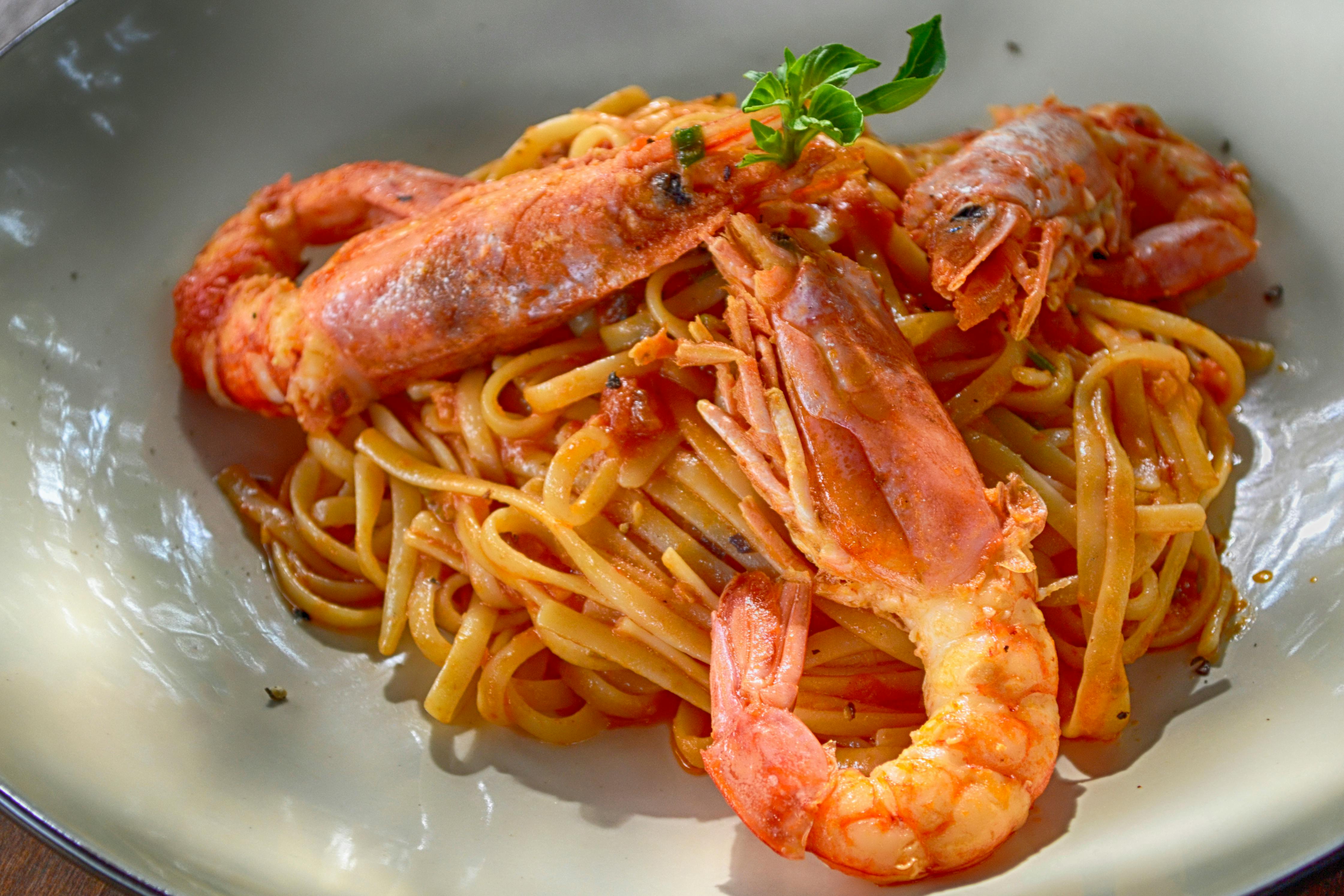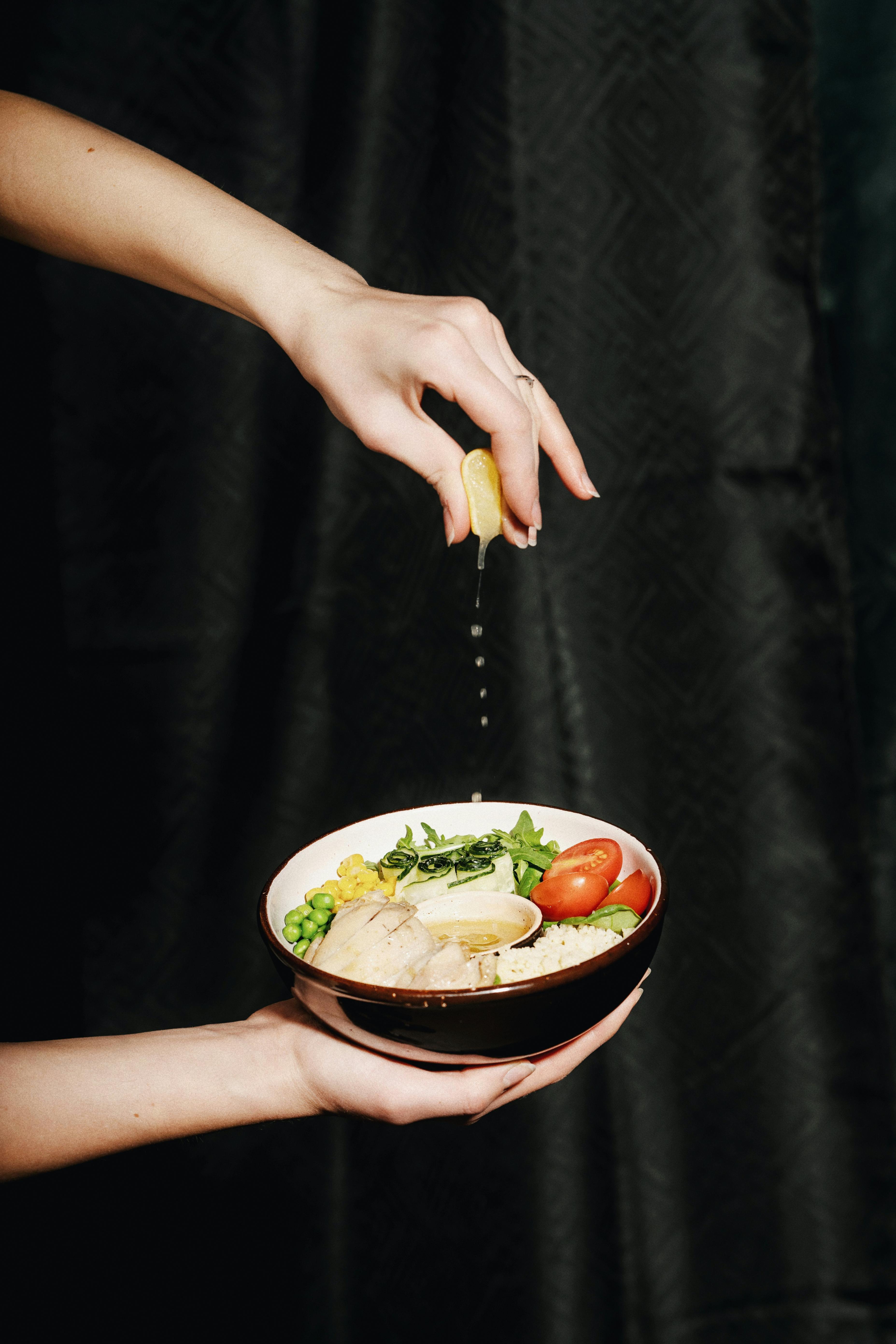
Effective Ways to Remove Acrylics for Healthier Nails in 2025
Acrylic nails have gained immense popularity for their aesthetic appeal and durability. However, the process of removal can sometimes pose risks to nail health if not done correctly. In this guide, we will explore effective methods for removing acrylic nails without causing damage, ensuring that your natural nails remain healthy and strong post-removal. This article focuses on the acrylic nail removal process, safe techniques, and valuable aftercare tips to help you maintain optimal nail health after acrylics.
Understanding how to remove acrylic nails properly is essential. We will cover everything from tools to professional removal services, giving you the insights needed to safely take off acrylics at home or visit a nail salon. The goal is to avoid common mistakes while ensuring a gentle acrylic nail removal experience. Let's dive into these effective ways to maintain your nail integrity while enjoying the aesthetic benefits of acrylics.
Essential Tools Needed for Acrylic Removal
Before you begin the acrylic nail removal process, it’s important to gather the right tools. This ensures a smooth removal experience and minimizes any potential damage. Here’s what you’ll need:
Acetone: The Key Ingredient
Acetone is the most effective solvent for removing acrylic nails. It helps break down the acrylic material without damaging the natural nail underneath. Opt for a high-purity acetone or a specialized acetone for acrylic nails for best results. When using acetone, make sure to perform a patch test to prevent skin irritation.
Nail Clippers and Files
Nail clippers are essential for shortening acrylic nails before the removal process. This reduces soaking time and eases the removal process. A fine-grit nail file is also necessary for gently filing down the top layer of the acrylic, which allows the acetone to penetrate more effectively and speeds up the soaking process.
Cotton Balls or Pads
Cotton balls or pads are used to apply acetone to the nails. They are absorbent and provide even coverage. Using these ensures that the entire nail surface is adequately soaked in acetone for effective removal.
Foil Wraps
Foil wraps are essential for keeping the cotton soaked in acetone against your nails. This helps to trap heat, enhancing the efficacy of the acetone and accelerating the removal process. You can cut aluminum foil into small squares to create your own wrap.
Alternative Removal Tools
For those looking to avoid acetone altogether, there are several alternatives like cream removers designed specifically for acrylics. While these might take longer, they are gentler on the skin. Always consider your skin type and nail health when selecting the appropriate tools for removal.
Step-by-Step Process to Remove Acrylics
Following a systematic approach is crucial when removing acrylic nails to avoid damaging your natural nails. Here’s an easy step-by-step guide to safely remove acrylics:
Step 1: Prepare Your Nails
Start by clipping your acrylic nails as short as possible. This will reduce the amount of acrylic that needs to be soaked off. Then, gently file the top layer of the acrylic surface to thin it out. Be careful not to file away your natural nail. This step allows the acetone to penetrate the acrylic more effectively.
Step 2: Soak Cotton in Acetone
Soak a cotton ball or pad in acetone and place it directly on your nail. Wrap the foil around your finger to hold the cotton in place, trapping the heat and enhancing the effectiveness of the acetone. Repeat this process for each nail. Let your nails soak for approximately 15-20 minutes.
Step 3: Gently Remove Acrylics
After soaking, check to see if the acrylic has softened. Gently push the acrylic off using a wooden stick or cuticle pusher. Be patient, as sometimes you may need to soak your nails a little longer. Avoid ripping the acrylic off, as this can cause damage to your natural nail.
Step 4: Clean Your Nails
Once the acrylic is removed, wash your hands thoroughly to remove any residue. You can use a gentle soap to ensure your nails are clean. This step is crucial to maintain nail hygiene after acrylic removal.
Step 5: Caring for Your Nails Post-Removal
After removing acrylics, your nails may need some nurturing. Apply a nourishing oil or cream to restore hydration. This promotes nail strength and helps prevent breakage. Regularly moisturizing your nails and cuticles is essential for their recovery.
Tips for Safely Using Acetone
While acetone is effective, proper usage is crucial to avoid potential damage to your skin and nails:
Use Quality Acetone
Investing in a quality acetone product specifically intended for nail removal can significantly reduce skin irritation and enhance the overall removal process. Look for acetone that is pure or mixed with moisturizing agents.
Limit Exposure Time
Prolonged exposure to acetone can lead to dryness and brittleness of the nails. Limiting the soaking duration to no more than 20 minutes will help protect your natural nails while still achieving effective removal.
Moisturize After Use
Post-removal, always hydrate your nails and cuticles. The use of natural oils, such as palm oil or a quality nail oil, can help replenish moisture, maintain flexibility, and support healing after the acrylic removal process.
Understanding Professional Acrylic Nail Removal
Sometimes, the best choice can be professional removal at a nail salon. If you're unsure about your abilities or want a guarantee of safety, visiting a trained professional is ideal. Here’s why:
Benefits of Professional Services
- Trained technicians have specific knowledge about nail anatomy and correct removal techniques.
- Professional products may be used, which can be more effective and safer than over-the-counter options.
- Fewer risks of damage to the natural nails due to expertise in the removal process.
Cost versus Benefits
While professional services may come with a higher cost, the investment often pays off in terms of nail health and the avoidance of potential damage that comes with improper removal techniques.
Informed Decisions
Understanding the differences between a DIY approach and professional services will help you make informed decisions regarding your nail care. Consider your nail condition, budget, and comfort level before proceeding with the removal process.

Post-Acrylic Nail Care Routine
After removing acrylics, a strong care routine is essential for restoring and maintaining nail health. Here’s what you should consider:
Hydration and Nourishment
Apply nourishing oils to your nails and cuticles regularly. Consider using vitamin E oil or other essential oils to provide hydration and promote healing. Keeping your nails moisturized can greatly improve their overall condition.
Avoiding Damage
Post-removal, be gentle with your nails. Avoid using them for heavy tasks that might cause breakage. Limit exposure to harsh chemicals, and wear gloves when coming into contact with damaging substances.
Regular Maintenance
Maintain a regular schedule of manicures, whether professional or at-home, to keep your nails in optimal condition. Regular trimming and filing can help manage growth and maintain nail appearance while promoting strength.
Common Mistakes While Removing Acrylics
Many individuals face challenges during acrylic removal, often due to common mistakes. Here’s a look at these pitfalls and how to avoid them:
Not Preparing the Nails Properly
Failing to clip or file down acrylics beforehand can lead to longer soaking times, potentially damaging the natural nails. Always prepare your nails adequately for effective removal.
Overexposing Nails to Acetone
Soaking too long in acetone can dry out and weaken the nails. It’s essential to monitor the soaking process and hydrate afterward.
Forgetting Aftercare
Neglecting post-removal care is a common mistake. Applying nourishing oils after the removal is critical for recovery. Ensure to hydrate and care for your nails consistently.

Expert Tips for Taking Off Acrylics
Here are some professional insights to guide your acrylic nail removal:
Choose the Right Time
Timing the removal process can significantly influence the outcome. Avoid high-stress periods where you may be tempted to rush through removal. Take your time for a thorough and gentle process.
Use Dental Floss Carefully
Some experts suggest using dental floss as a gentle alternative to push off softened acrylics. This technique can prevent damage when used cautiously.
Consider Alternatives to Acrylics
If you frequently experience nail issues post-acrylic removal, consider alternatives such as gel nails or dip powder, which may be less damaging than traditional acrylics.
In summary, understanding how to remove acrylic nails effectively at home involves preparation, proper tools, and a thorough aftercare routine. By following these effective methods, you can maintain healthier nails without compromising their integrity after acrylics. Remember to keep your nails nourished and hydrated, and consider professional services if you're unsure about self-removal.